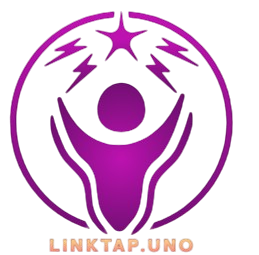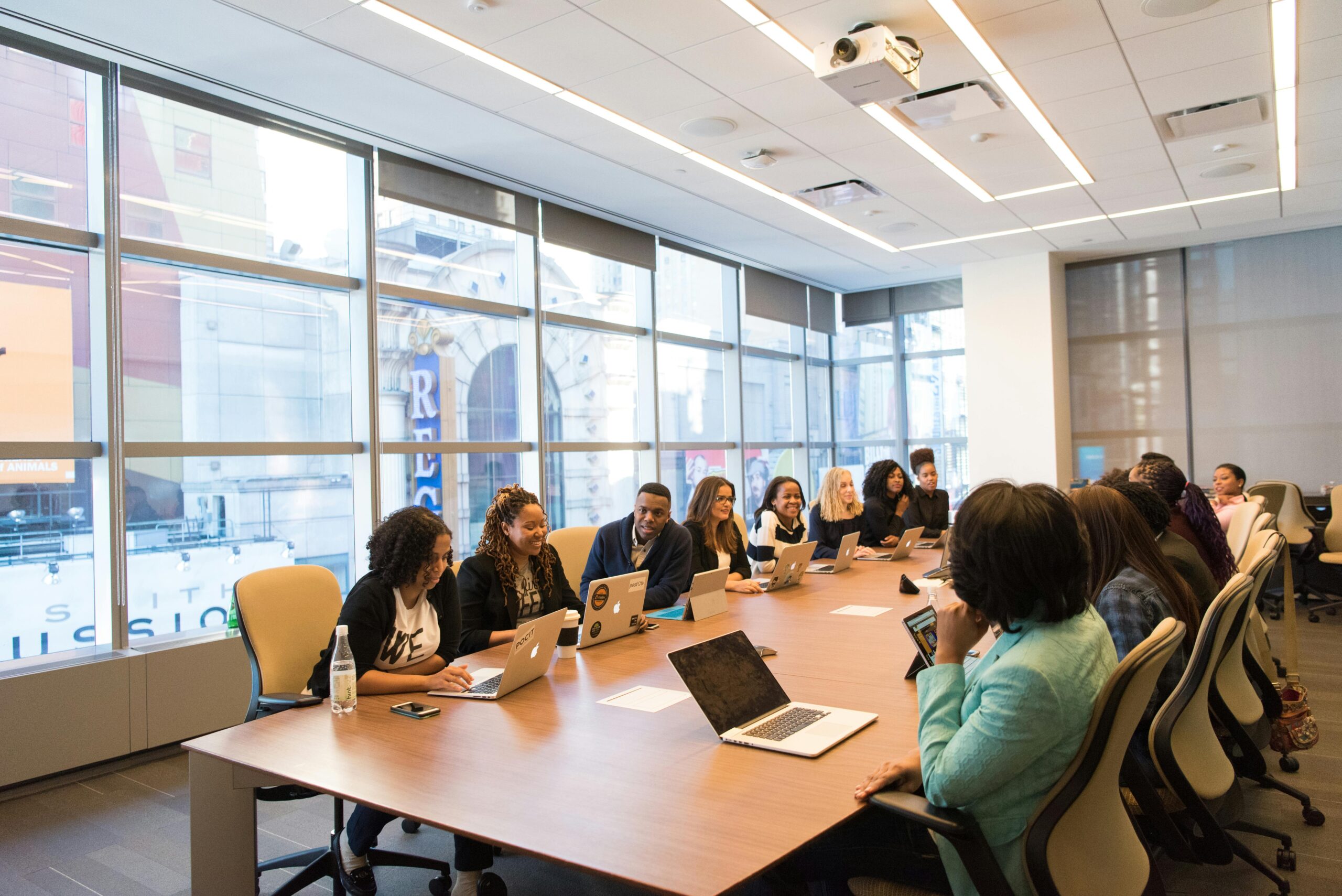Understanding the Conference Experience
Conferences serve as significant platforms for professionals across various fields to gather, share insights, and foster connections. Attending these events allows individuals to immerse themselves in an environment dedicated to learning and collaboration. With a diverse range of activities including keynote speeches, workshops, panels, and breakout sessions, conferences provide unique opportunities for attendees to gain fresh perspectives and insights into their industry.
Keynote speeches often feature leading figures who share their experiences, research findings, or visionary ideas, setting the tone for the event. These defining moments can ignite inspiration among attendees, motivating them to consider new approaches to existing challenges. Workshops are particularly valuable, as they offer hands-on learning experiences where participants can enhance their skills by applying theoretical concepts in practical scenarios. Such interactive formats not only facilitate knowledge acquisition but also encourage active engagement among attendees.
The panel discussions at conferences bring together experts who delve into specific topics, providing diverse viewpoints. This exchange of ideas can stimulate critical thinking and foster innovative solutions. Moreover, breakout sessions allow small groups to explore niche subjects in greater depth, giving participants the chance to voice their thoughts and connect with peers who share similar interests. The collaborative atmosphere created during these sessions enhances networking opportunities, which can lead to future collaborations or mentorships.
Overall, the conference experience is more than just a series of lectures and discussions; it is a dynamic environment that encourages learning, interaction, and the exchange of transformative ideas. Each opportunity to connect with fellow attendees can result in lasting professional relationships and the potential for real change in one’s career and industry. By absorbing the wealth of information and insights available at these events, attendees are better equipped to implement innovative practices and strategies in their own contexts.
Translating Inspiration into Actionable Steps
After attending a conference, participants often find themselves with a wealth of ideas and insights that can ignite their motivation. However, the challenge lies in transforming this inspiration into concrete action. To effectively translate these gleaned insights into actionable steps, it is essential to create a structured personal action plan. This begins with identifying the key takeaways from the conference that resonate most deeply within one’s personal or professional context.
One effective strategy is to summarize the main points and concepts learned during the conference. This can be accomplished by taking detailed notes, capturing insights on key themes, and highlighting information that could have a direct impact on one’s work or personal projects. Once the notes are compiled, participants should engage in self-reflection to evaluate which insights can be seamlessly integrated into their current projects or strategies.
Setting tangible goals is another critical step in this process. Goals should be specific, measurable, achievable, relevant, and time-bound (SMART). For example, if a participant learns about innovative marketing strategies during the conference, they might set a goal to implement one of these strategies in their next marketing campaign. Breaking these goals down into smaller, manageable tasks will make it easier to prioritize and execute each step. Tools such as to-do lists or project management software can aid in tracking progress and maintaining accountability.
Furthermore, prioritization is crucial. By assessing the potential impact of each idea and the resources required for implementation, participants can efficiently direct their efforts towards those actions that will yield the greatest benefit. Ultimately, the translation of inspiration into actual change necessitates commitment and diligent application of newfound knowledge. Consistent review and adaptation of one’s action plan will ensure that insights gained are not only remembered but effectively utilized to drive progress.
Creating a Support System for Implementation
In the journey from inspiration to action, one of the critical components is establishing a robust support system. Attending a conference can be invigorating and thought-provoking, but to translate that energy into tangible change, it is essential to build a network that encourages and facilitates implementation. Firstly, identifying allies who shared the same conference experience can significantly enhance the ability to apply new insights. These individuals can provide not only emotional support but also practical considerations as one navigates the real-world challenges of applying concepts learned during the event.
Accountability partners serve a vital role in sustaining motivation through the implementation phase. By choosing someone who is equally invested in taking action, individuals can create mutual commitments to keep each other on track. Regular check-ins, updates on progress, and sharing challenges can foster a sense of responsibility, making it easier to overcome obstacles that may arise. This partnership can transform abstract ideas into actionable steps, reinforcing a commitment to change.
Moreover, leveraging networking opportunities is crucial for extending discussions beyond the confines of the conference environment. Engaging with fellow attendees can yield valuable insights that continue to inspire and guide future actions. Utilizing social media groups, message boards, or follow-up discussions can create an ongoing dialogue that keeps the momentum alive, enabling shared learning and collaborative problem-solving.
Finally, sharing findings and commitments with peers or teams is instrumental in reinforcing the desire to take action. By vocalizing intentions and insights, individuals not only solidify their own commitment but also encourage collective growth and understanding within their networks. When colleagues or team members are aware of each other’s goals, it cultivates an atmosphere of support that is essential for effective implementation and lasting change.
Evaluating Progress and Celebrating Success
As organizations strive for change inspired by conferences and workshops, it becomes essential to evaluate progress and celebrate success. Monitoring these advancements not only helps to assess the effectiveness of implemented actions but also fosters a culture of dedication to continuous improvement. Establishing milestones is a crucial first step in this evaluation process. Milestones should be specific, measurable, achievable, relevant, and time-bound (SMART), allowing teams to track their journey toward significant objectives. This structured approach to goal-setting facilitates regular assessments of progress, enabling adjustments as necessary.
To effectively gauge the impact of the actions taken, organizations can employ various tools and techniques. Regular feedback sessions, surveys, and performance metrics yield valuable insights into the effectiveness of initiatives. Utilizing project management software can also streamline the tracking process, providing visual representations of progress that can motivate team members. Furthermore, historical data analytics can reveal patterns of success and highlight areas requiring additional attention. Analyzing both successes and setbacks is vital, as it offers valuable lessons that inform future strategies. It is critical to remember that progress is often nonlinear, and learning from challenges strengthens resilience within the team.
Celebrating achievements is just as important as evaluating progress. Recognizing accomplishments, whether large or small, helps maintain enthusiasm and momentum. Simple acts of acknowledgment, such as team shout-outs or small rewards, can significantly impact morale and reinforce a sense of community within the organization. Organizing periodic events to celebrate milestones creates a shared experience that unites team members and reaffirms their commitment to ongoing efforts. By fostering an environment where both progress and setbacks are viewed as opportunities for learning and innovation, organizations can sustain their momentum and continuously strive for meaningful change.


No responses yet